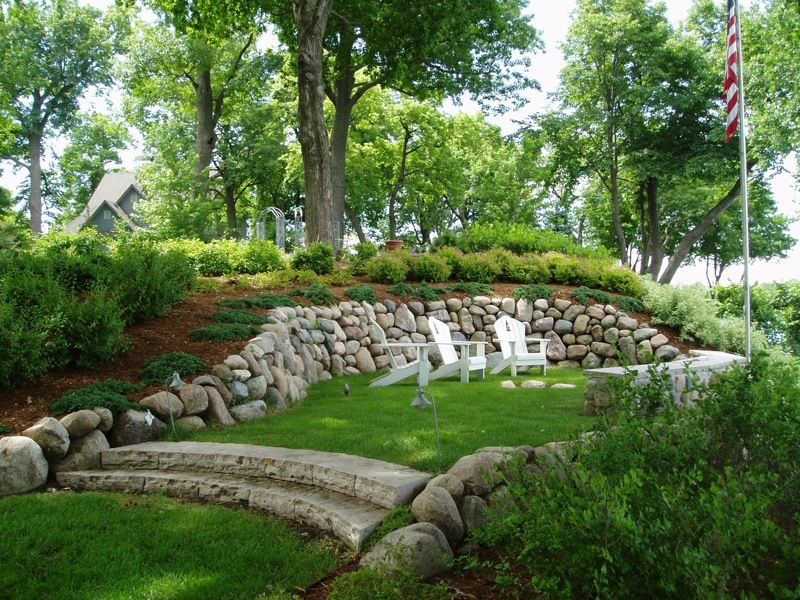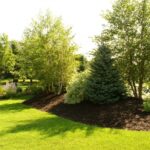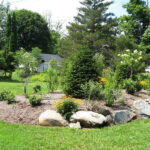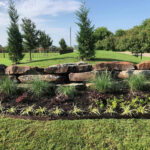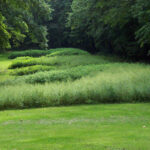Landscaping mounds can add dimension and visual interest to any outdoor space, whether it’s a residential garden, commercial property, or public park. These raised areas of land can be created using various materials and plants to enhance the overall aesthetics of the landscape. They can be incorporated into existing design elements or stand alone as focal points, providing a unique and dynamic element to the space.
One of the main advantages of landscaping mounds is their ability to break up the monotony of flat landscapes. By adding varying heights and shapes to the terrain, mounds can create a more dynamic and visually appealing environment. They can also help to define different areas within a space, such as separating a garden from a lawn or creating a natural border between sections of a park.
Landscaping mounds can also serve practical purposes, such as providing privacy from neighboring properties or shielding a space from noise or wind. Depending on their size and placement, mounds can create microclimates that offer protection for plants and wildlife. By strategically placing mounds in a landscape, designers can control drainage and prevent erosion, as well as create opportunities for water retention and filtration.
In terms of design options, landscaping mounds offer endless possibilities for creativity and customization. They can be constructed using a variety of materials, including stones, bricks, timbers, and soil. Plants such as shrubs, grasses, flowers, and trees can be added to mounds to soften their appearance and create a more naturalistic look. Different shapes and sizes of mounds can be used to create interesting patterns and textures within a landscape, allowing for the creation of unique and personalized outdoor spaces.
When planning landscaping mounds, it’s important to consider the overall design goals and vision for the space. Mounds should be integrated seamlessly into the existing landscape, complementing other elements such as paths, plantings, and structures. Proper grading and drainage should also be taken into consideration to ensure the mounds are functional and sustainable over time. Consulting with a landscape designer or architect can help to ensure that the mounds are designed and constructed in a way that enhances the beauty and functionality of the outdoor space.
In conclusion, landscaping mounds can be a versatile and attractive addition to any outdoor space. By incorporating mounds into a landscape design, property owners can create visually interesting and dynamic environments that provide both aesthetic appeal and practical benefits. Whether used to add dimension, create privacy, or enhance drainage, landscaping mounds offer endless possibilities for creativity and customization, making them a valuable tool for landscape designers and homeowners alike.


